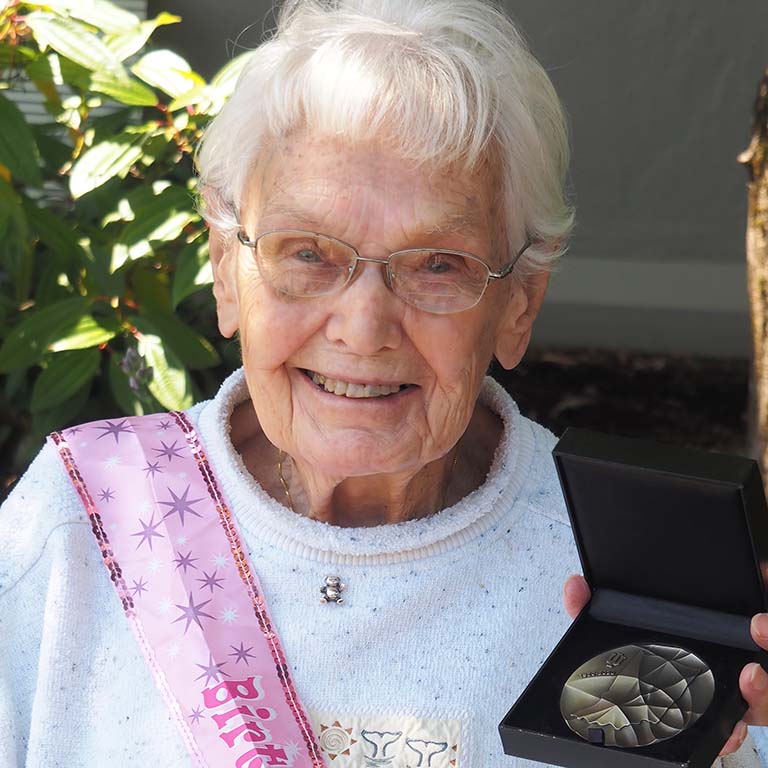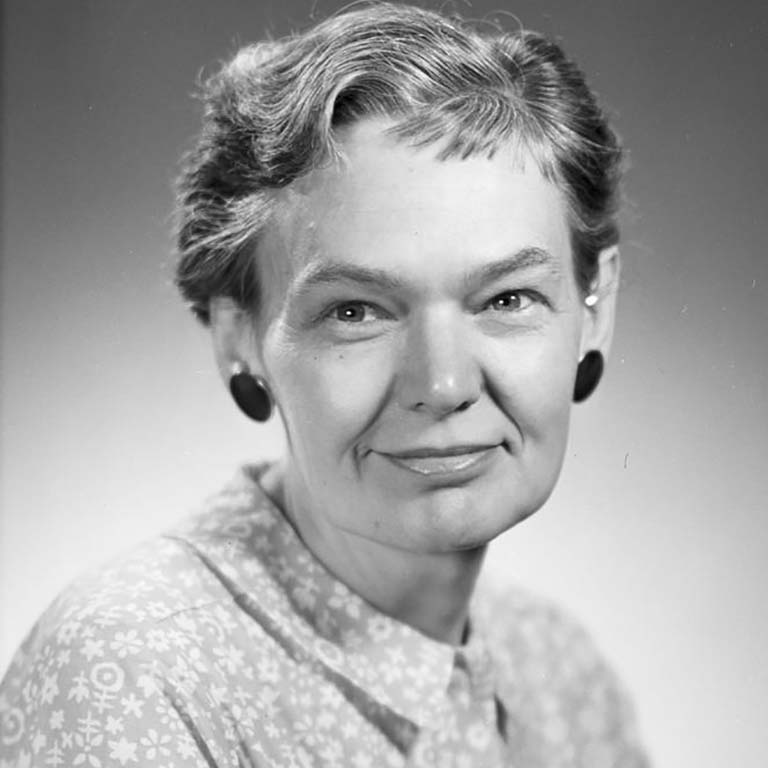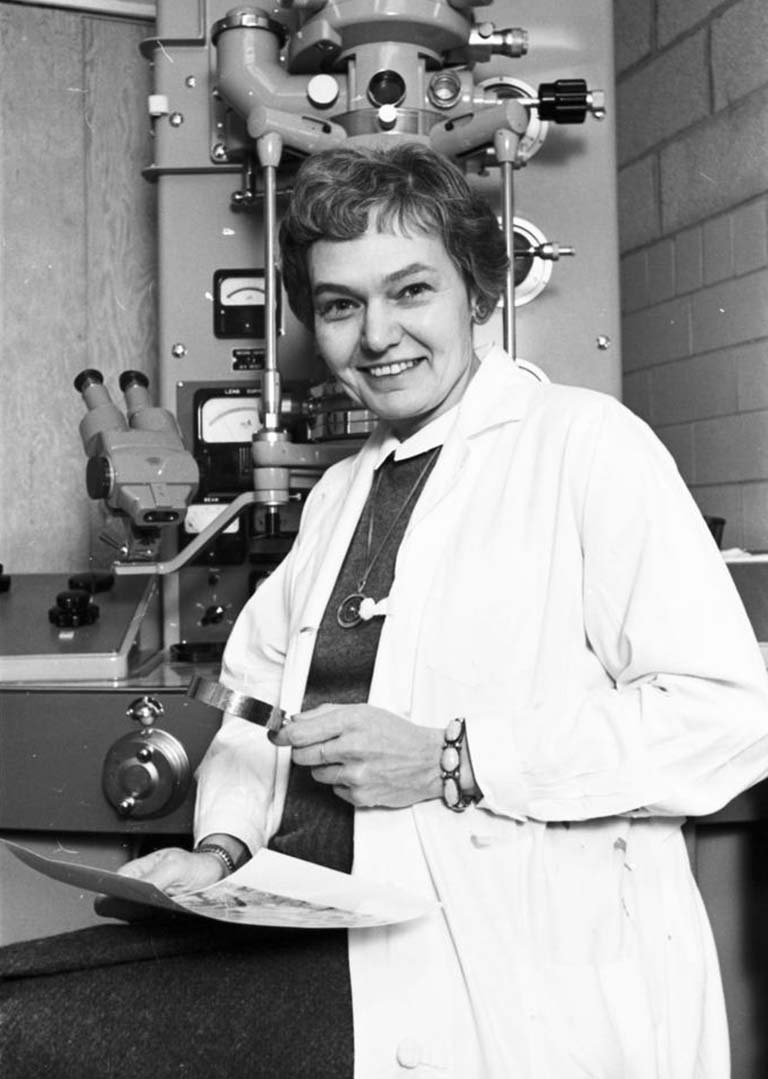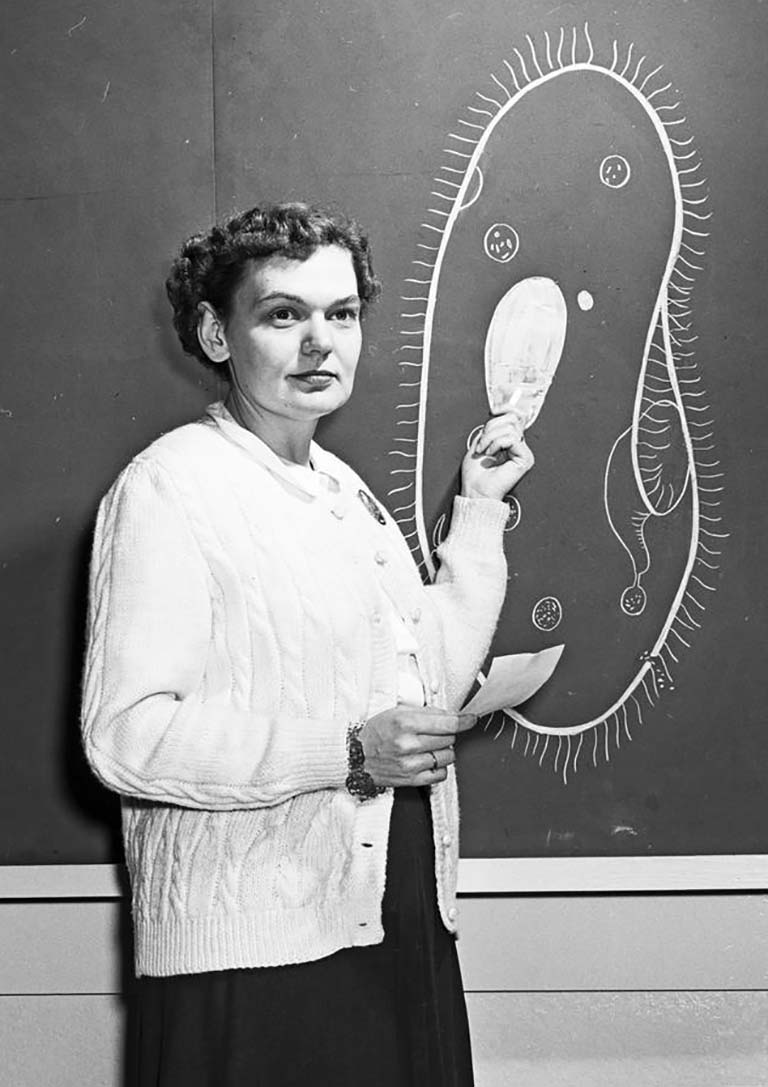Her place in the sun
On the same day that Ruth Virginia Dippell [BA ’43 zoology, PhD '50 zoology] celebrated her 100th birthday this summer, she received the IU Bicentennial Medal in honor of her scientific efforts and in recognition of her distinguished service to Indiana University.
An announcement in the Corvallis Gazette Times (local newspaper for Corvallis, Oregon, where Dippell now resides) commemorated Dippell’s achievements and also expressed the regrets of friends, family, and colleagues who were unable to properly celebrate her birthday and IU award because of the pandemic.
Ruth Dippell made a name for herself in research at a time when women dedicated to science were mostly invisible labor to prominent male scientists.
She grew up in the 1920s and 30s in Huntington, Indiana, observing the community's respect for her physician father. She decided to follow in his footsteps. In high school, Dippell packed her schedule with science courses—chemistry, physics, and biology—and was fortunate to have several teachers who encouraged her studies. She entered Indiana University in 1938 to begin pre-med work. While an undergraduate, Dippell unknowingly set her fate to become a research scientist when she enrolled in a beginning genetics class taught by Tracy M. Sonneborn, who had joined the IU faculty in 1939.
During her senior year, Dippell had to replenish her finances before she could continue on to medical school. She sought assistance from the IU Graduate School Office to obtain a laboratory technician position and was quickly hired by Sonneborn, who had taken notice of Dippell’s skills in his class the previous year. What was to be a two-year position to earn money for medical school instead became a career.
Dippell completed much of the work for her Ph.D. degree in genetics under Sonneborn’s direction. In 1945 Sonneborn promoted Dippell to research associate in his laboratory. During the following year, she shared with Sonneborn and his research assistant the Newcombe Prize of the American Society for the Advancement of Science for their work on “killer” paramecia. (Her dissertation dealt with this phenomenon.) Additional honors were to follow.
Dippell and Sonneborn built upon his discovery of mating types in paramecium. In a retirement tribute to Dippell, fellow faculty member John R. Preer, Jr., noted that Dippell and Sonneborn's achievements were impossible to separate. He wrote, “She was the chief person in charge of his laboratory for the better part of his career, and certainly during the most successful part of both their careers. Their impact in their field has been great; they made an impression on protozoology as few others ever have.”




 The College of Arts
The College of Arts